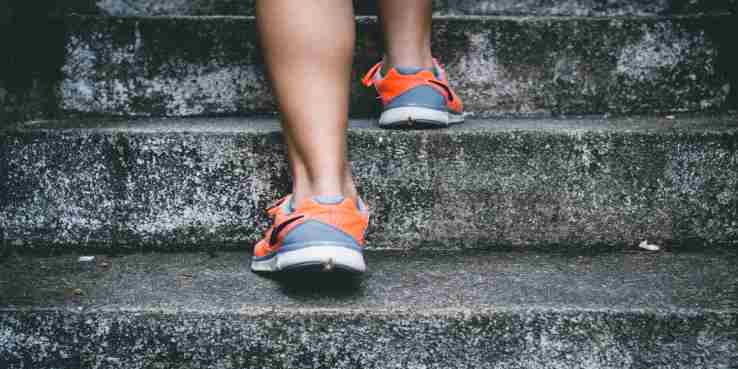Exercise. It’s one of those words that can conjure up images of bodybuilders pumping iron and super-slim fitness fanatics in the latest gym wear. Although exercise has always been a part of my life (probably more so in my early 20s for the most part), I have only quite recently thought about the mental benefits of exercise.
This blog article explores the types of exercises out there, the ones that are trending, and the effects they have on the body and the mind.
What Is Exercise?
Let’s start off with the basics. The Oxford Dictionary defines exercise as ‘Activity requiring physical effort, carried out to sustain or improve health and fitness.’ Upon looking up more definitions, it appears that the general meaning of exercise only takes into account the activity and the effect that it has on physical fitness―mental wellbeing is not considered.
What Types of Exercise Are There?
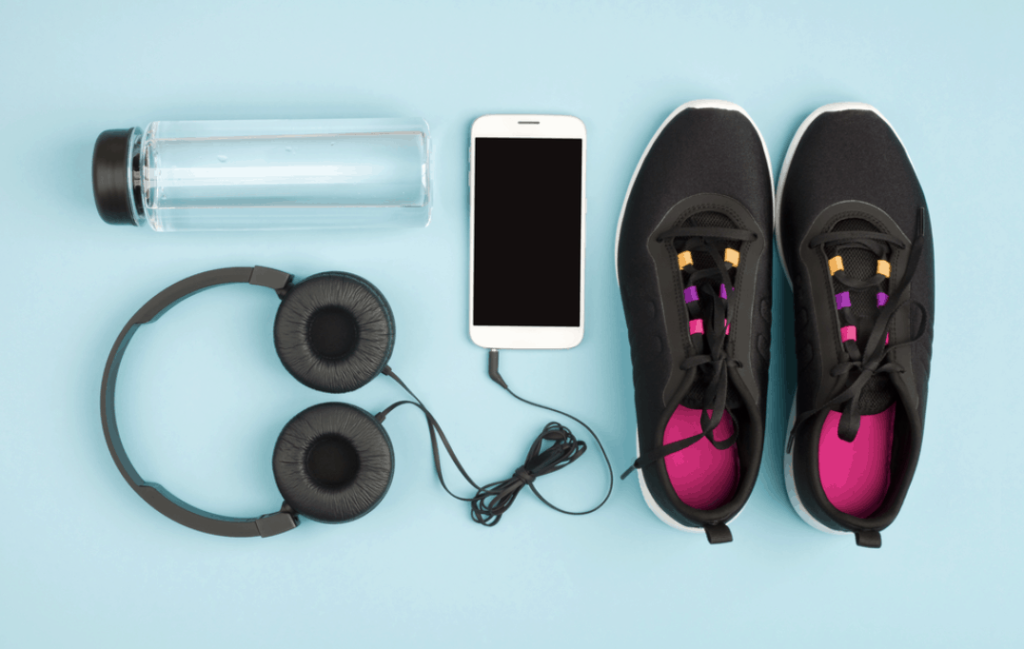
If I try to think of all the different types of exercise that I have participated in over the years, I could be here for a long time. My top 10 are the following:
1. Aerobics
2. Weightlifting
3. Swimming
4. Cycling/spin
5. Yoga
6. Pilates
7. Walking
8. Zumba/dance
9. HIIT (high-intensity interval training)
10. Running
These 10 types of exercise can generally be grouped into either cardio, resistance or flexibility. Bupa states the following: ‘Whatever your motivation for exercise, the best way to ensure all-round fitness and health is to do a mix of three different types.
1. Aerobics
For a healthy heart, lungs and muscles, it’s important to take part in regular aerobic exercise. This will also improve your fitness levels. Combine aerobic exercise with a balanced diet and you’ll be on the right track to maintaining a healthy weight too…
Aim to exercise at a moderate intensity for 2.5 hours (150 minutes) a week or at a vigorous intensity for an hour-and-a-quarter a week. Or you can do a combination of the two. You don’t need to do this all at once either, you can spread it out over the week.
2. Strength (Resistance)
Strength training involves moving your muscles against some kind of resistance, which is why you’ll sometimes hear it called resistance training. Having more muscle burns up lots of calories too, so building your muscles up will help you to stay a healthy weight…
Aim to do some strength training two or more times a week and work all the major muscle groups in your body. Don’t just go for the heaviest weight you can lift. Find the right weight at which you can do a set of 8 to 12 repetitions of an exercise. Begin by doing just one set and try building this up over time to three or four sets. Then start over with a slightly heavier weight, and so on.
3. Flexibility
Flexible muscles allow us to keep mobile and active. It’s important to do some regular exercises to improve your range of motion. Flexibility exercises involve slowly stretching your muscle groups without jerking or bouncing…
Aim to do some flexibility exercises at least two or three times a week, to stretch all the major muscles in your upper and lower body. When you are doing them, hold your position for between 10 and 60 seconds and do two or three repetitions.’
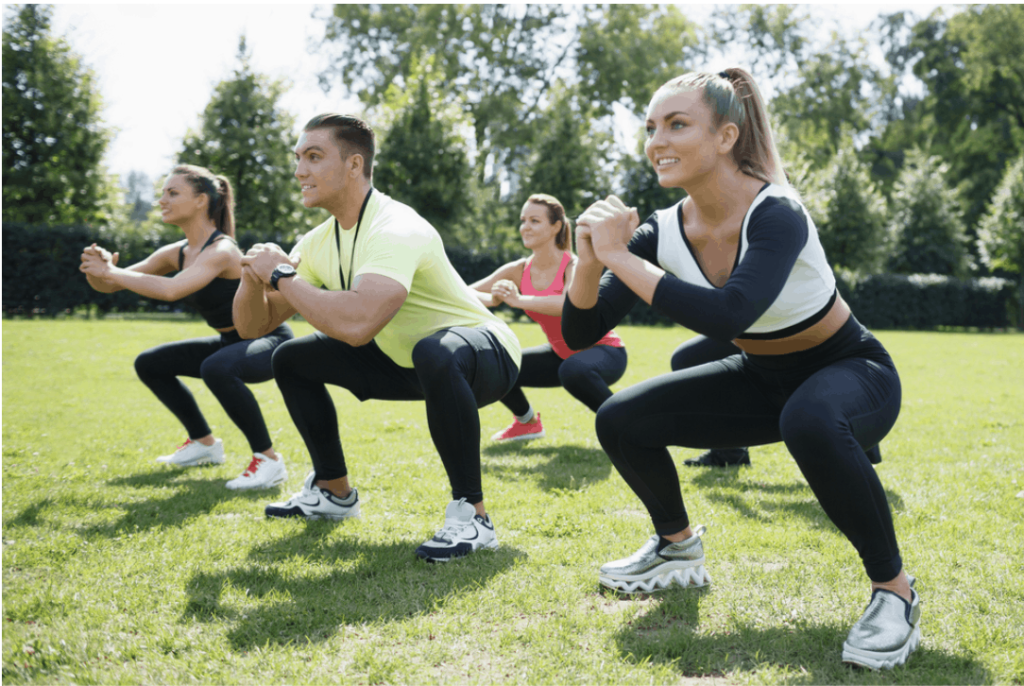
Livestrong™ also offers similar advice. They say: ‘The ideal fitness routine will have all the different categories of exercise, including cardiovascular, strength training and flexibility.
The overall goal for exercise is to get at least five days a week of moderate to intense aerobic activity for at least 30 to 60 minutes each day, for a total of 150 to 300 minutes each week. Additionally, you should participate in muscle-strengthening activities at least two days each week, with the goal of exercising all the major muscle groups. The types of workouts you choose to do on these days should include cardiovascular, strength training and flexibility exercises.’
History And Trends In Fitness
Over the years, there have been trends in fitness that have become associated with particular decades. Wellness360 takes a trip down memory lane with lifestyle blogger Trace Ferguson, to discover what fitness fads have come and gone:
‘Fitness is constantly evolving. Over the past 80 years, we have gone through a variety of fitness phases, some of which laid the foundation for modern-day exercise routines. Let’s take a walk through some of the most popular workout trends of the past eight decades!
1940s – Stretching
Exercise for women in the 1940s was characterized by stretching. Jumping jacks were adopted by the U.S. Army because of the low level of fitness amongst drafted soldiers, sparking this exercise to become popular among men. Jumping jacks and toe-stretches were thought to keep bodies toned and in shape.
1950s – Hula Hoop
The hula hoop was a toy trend that caught fire the moment it hit America. More than 400,000 were sold by 1957! Granted, it was classified as a toy when it first hit stores, but hula hooping for 30 minutes can be a great full-body workout. Nowadays, adults can use a weighted hula hoop as opposed to a plastic one if they want to feel the burn!
1960s – Vibrating Belt
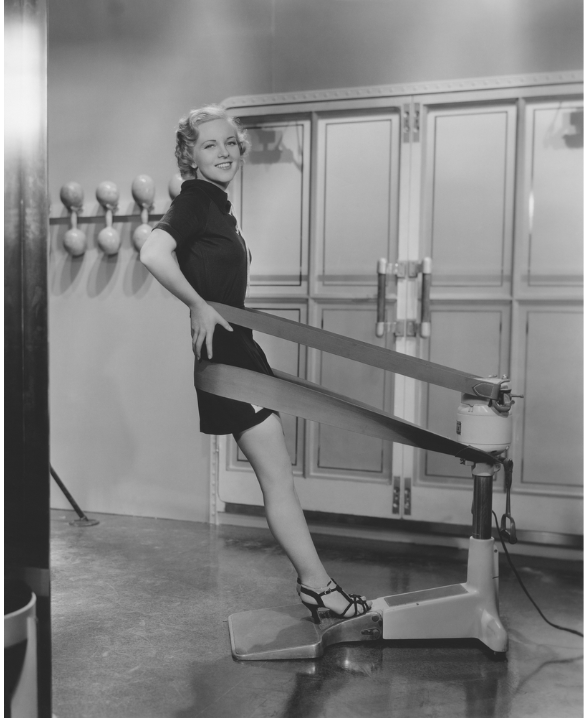
It seemed to be a widespread belief in the ’60s that you could jiggle away unwanted fat. The machine originally gained popularity in the early 1900s, but had a big comeback in the ‘60s. You would loop a wide belt around any area problem area, turn it on and bam! Your fat would magically “melt” off. The vibrations were supposed to mimic a massage. At the time, massages were believed to cure fatigue, remove toxins, increase muscle tone and improve circulation. No sweat, no problem! Except that it did not really work. People eventually came to realize this, and the vibrating belt faded away.
1970s – Jazzercise
The ’70s brought in a new, high-intensity form of exercise called Jazzercise, which is still practiced today (although not as widely). Jazzercise is a mix of jazz dance (no surprise there), ballet, Pilates, yoga and kickboxing. The routines are usually set to a popular song of the instructor’s choice. This trend was the beginning of choreographed exercise set to music.
1980s – Aerobics
Aerobics sprung up as a spinoff of Jazzercise. While the two exercises are similar, aerobics is less of a dance routine than Jazzercise. It was originally invented in the ‘60s, but it was not put on the map until Jane Fonda came out with a book and aerobics workout tapes. The dance moves used were mixed in with fitness movements, like elevating knees or marching in place. Aerobics became a workout empire and inspired many different spin-offs, such as water aerobics and step aerobics.
1990s – Tae Bo
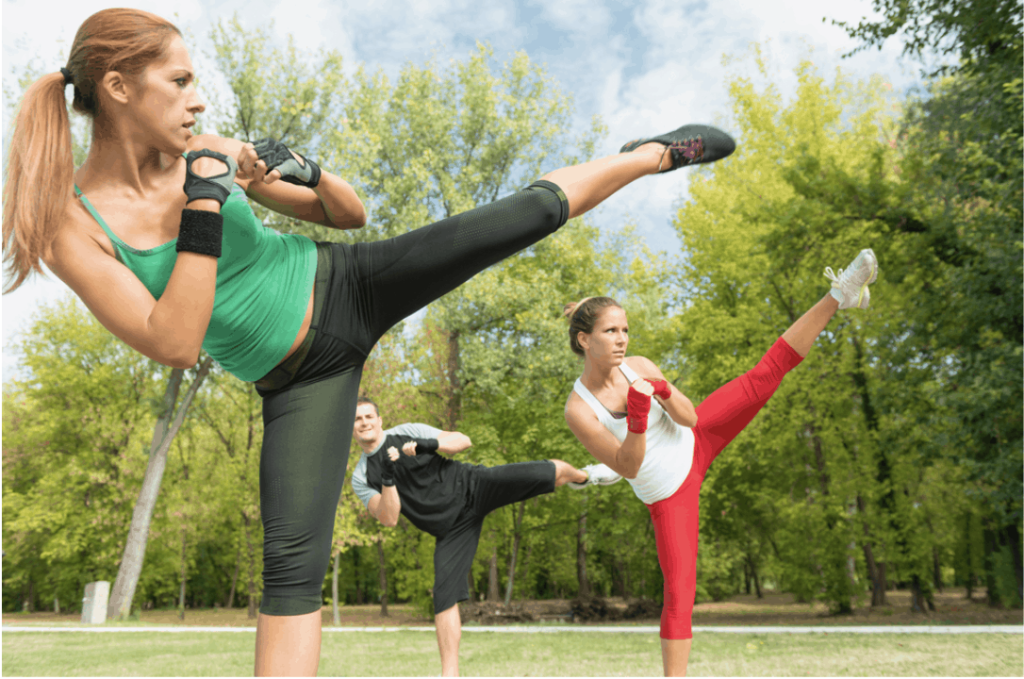
Karate master Billy Banks took over the fitness world in the ’90s. He created Tae Bo, a high-intensity cardio workout that combines martial arts, boxing, dancing, and hip-hop beats. At the height of its popularity, over 500 million Tae Bo videos were sold.
1990s – Spinning
Johnny Goldberg was a cyclist and personal trainer from South Africa who moved to the United States. One night, he was riding his bike and almost got hit by a passing car. From this scare, he got the idea to move cycling indoors.
Goldberg began teaching spinning classes in 1990 and it was the beginning of a workout revolution. With the addition of upbeat music, Soul Cycle was born. Fast forward to modern day where spinning classes can be found at almost every gym.
2000s – Zumba
Building on past dance-inspired workouts, Zumba emerged as a Latin-inspired workout. This fitness style mixes salsa, tango, bachata and flamenco dance styles to upbeat Latin or pop music. Zumba classes can be found in most gyms, and the exercise is popular in 180 countries worldwide.
2010s – CrossFit
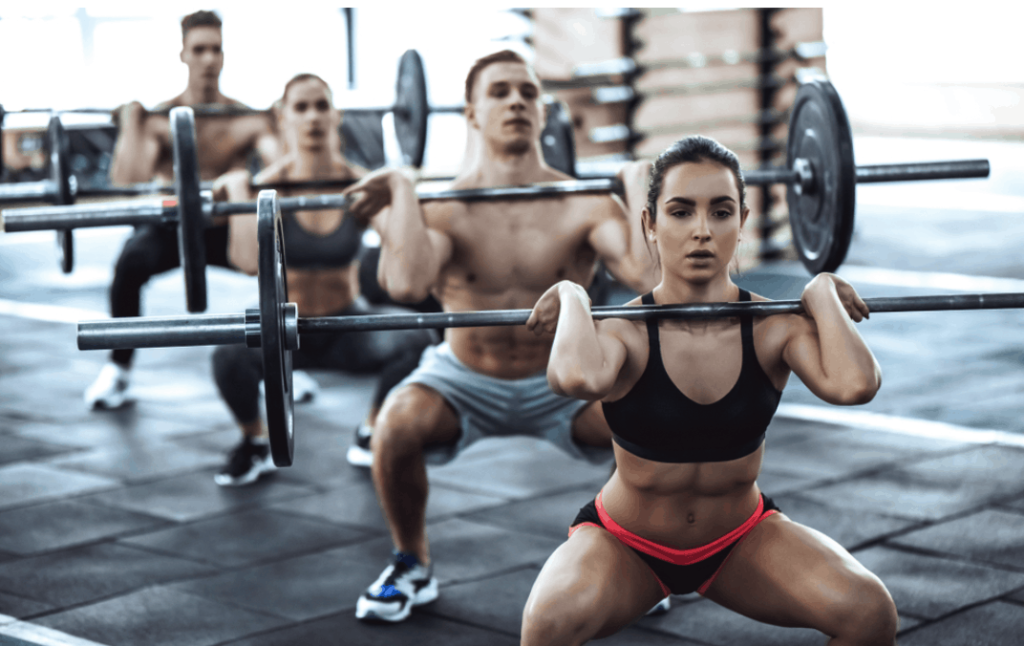
CrossFit was born in 2000 by Greg Glassman. Glassman was a gymnast who wanted to get stronger in multiple sports and exercises. CrossFit focuses on conquering obstacles and training the whole body. It is a mixture of gymnastics, weightlifting, pull-ups and calisthenics. The first CrossFit gym originated in Santa Cruz, California. Now, there are thousands of CrossFit gyms and trainers across the country and a huge community has formed around the fitness trend.’
How Does Exercise Affect Your Health and Fitness?
I know that regular exercise has helped me to maintain a healthy weight at times and also helped to improve my strength and stamina. I would also say that when I have had a consistent exercise regime over a long period of time, I have had fewer colds/minor illnesses compared to when I have neglected my fitness routine.
Digital health company, Sharecare, lists the following physical benefits of exercise: ‘Exercise affects the body positively when done in moderation and gradually increased as all muscles become stronger. Any time you move your body in a sustained, continuous way―such as walking, jogging, bicycling, or dancing―you are using your muscles more than you do when your body is at rest, and that promotes good health. Studies show that light-to-moderate exercise is beneficial for people with heart disease. If you have heart disease or cardiac risk factors or are recovering from heart surgery or angioplasty, you should follow the medical advice you received from your doctor or in cardiac rehabilitation before changing your exercise program.
Exercise is most effective if is continued consistently. The benefits of exercise are greatest when a person exercises 3 to 6 times per week. Aerobic exercises, like walking, jogging, bicycling, dancing, and swimming, are especially good for your heart because they increase your breathing rate over time to meet increased oxygen demands and help your heart work more efficiently. Other forms of exercise are strength training, such as weight lifting, and stretching, such as yoga, which is also important for overall health.
The Benefits Of Exercise Include:
• Stamina. Muscles require more blood flow and oxygen during exercise than they do at rest and trains your heart to work more efficiently.
• Wellbeing. Your brain releases chemicals called endorphins during exercise that alter your mood by increasing a feeling of wellbeing.
• Strong bones. Bones benefit from exercise, too. To remain strong and resilient during trips and falls, they must be consistently “loaded” by carrying weight and responding to gentle stresses. Well-designed and moderate weight training is particularly useful for this benefit.
• Flexibility. Your muscles and tendons benefit from stretching. If they are kept limber, you will gain some protection against injury.
• Strength. Your muscles benefit from weight lifting and other exercises that make your body stronger while guarding against muscle wasting as you age.
• Weight control. Exercise makes your body burn more calories and can help reduce cholesterol levels and control diabetes.’
The Mental Benefits Of Exercise
The extract above from Sharecare touches briefly on the mental wellbeing aspect. I believe that I never feel worse after working out. I can feel down in the dumps, sluggish and fed-up before heading to the gym, yet I always feel lifted, motivated and happy with myself after I’m done and on my way home. My reason for feeling like this is the endorphins that are released. The Well and Good site asked J. Kip Matthews, Ph.D., a sports psychologist, what his thoughts were on this “high” that we all experience after exercising:
What Are Endorphins?
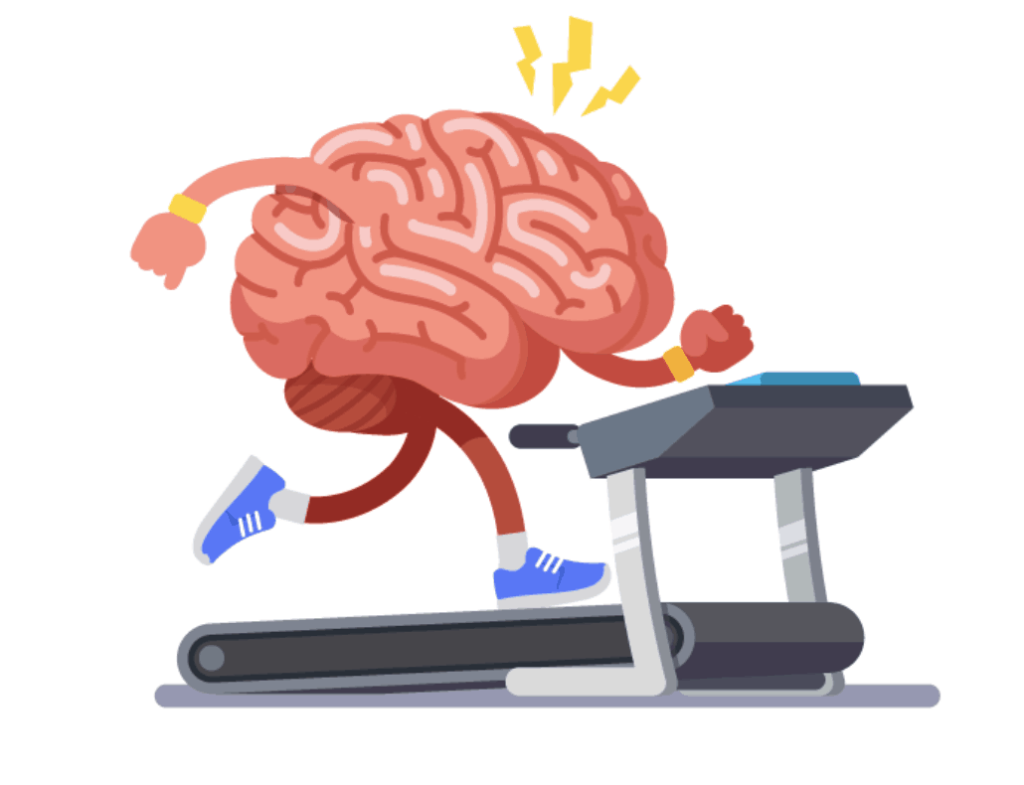
“Endorphins are neurochemicals produced in the body in the pituitary gland in response to stress and pain,” Dr. Matthews explains. In layman’s terms, they’re kind of like natural painkillers. They interact with opiate receptors in the body, which then minimizes our pain experience.”
‘Dr. Matthews says that scientists didn’t actually discover endorphins until the 1970s when a lot of research was being done on heroin and morphine addiction. “They were noticing that there were some specific receptors in our body that the heroin and morphine were acting on, and it didn’t make sense as to why we had these opioid receptions in our bodies,” he says. “That then led to the discovery of endorphins. And in fact, our bodies do produce these chemicals that have this painkilling aspect.”
Since then, researchers have found that there are actually a lot of activities that can cause an endorphin boost in the body: meditation, laughing, eating chocolate or spicy food, and even childbirth.
“In some ways, endorphins get too much of the credit for people having a blissful feeling when they exercise,” Dr. Matthews says. That’s because they don’t work alone: serotonin and norphenylephrine, two other feel-good neurotransmitters, are also released during workouts. According to Dr. Matthews, a serotonin and norphenylephrine boost actually happens before an endorphin one, in about 30 or 45 minutes of exercise. But the actual rise in endorphins doesn’t really happen until after an hour of intense exercise.
“After an hour or more of exercise, then the body has experienced significant enough stress that the endorphins kick in,” he says. Remember: endorphins are a stress response, released to reduce pain. So, you have to get your body to a pain point to actually get that release. Here’s the tricky part though: If you put too much stress on your body, Dr. Matthews says the response can backfire and your hard workout can leave you feeling aggravated or in a bad mood. His best advice for reaching that sweet spot: Listen to your body.
According to Dr. Matthews, the rise in endorphins during exercise can be so powerful that studies have shown it can be just as effective as counseling or medication when it comes to lowering depression.’
The NHS also reinforces the concept of exercise having a positive effect on mental health. Their website states the following:
‘We think that the mind and body are separate. But what you do with your body can have a powerful effect on your mental wellbeing. Mental wellbeing means feeling good―both about yourself and about the world around you. It means being able to get on with life in the way you want.
Evidence shows there’s a link between being physically active and good mental wellbeing. Being active doesn’t mean you need to spend hours in the gym if that doesn’t appeal to you. Find physical activities you enjoy and think about how to fit more of them into your daily life.’
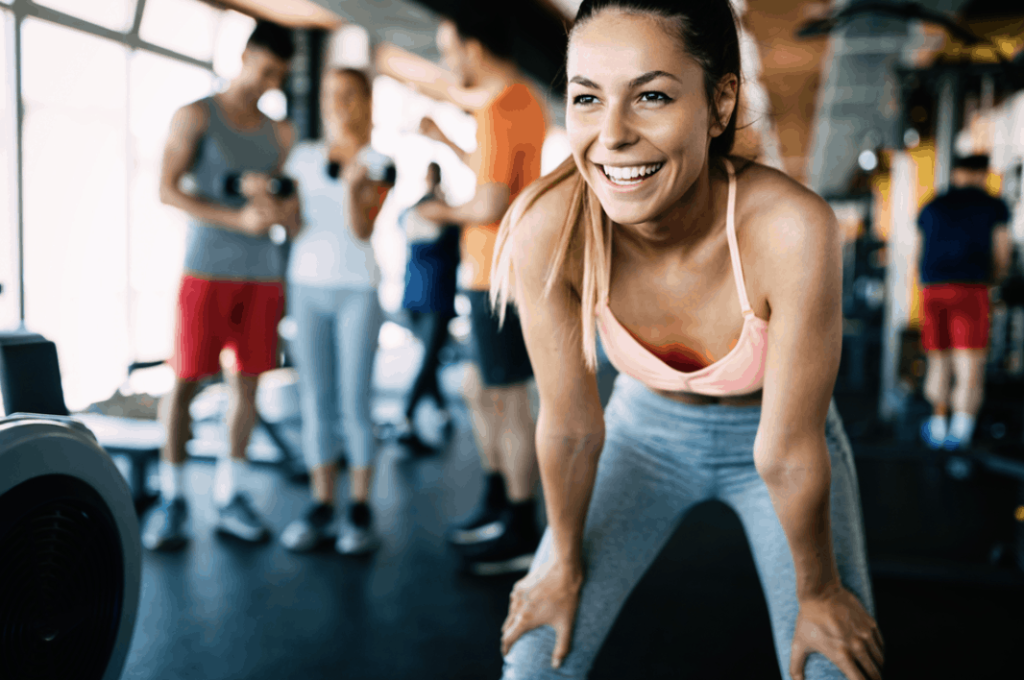
Instagram sensation and online fitness guru Joe Wicks shared a blog post about exercise and mental wellbeing. Within it, sports journalist Kieran Alger said the following: ‘How do you feel after a workout? Even when you’re purple-faced and desperate for a lie-down, you feel pretty pleased with yourself for giving it a go, right? Once the initial breathlessness subsides after a workout, it’s common to feel like you have more energy and those troublesome problems might not seem quite so big as before. While they might seem intangible these benefits are as real as―and arguably more important than―the results you see around your waistline.’
How To Get The Mental Benefits Of Exercise?

The Mental Health Foundation explores how you can reap the mental benefits of exercise:
‘We need to change the way we view physical activity in the UK in order not to see it as something we ‘have to do’, ‘should do’ or ‘ought to do’ for our health, but as something that we do because we personally value its positive benefits to our wellbeing.
Being active doesn’t have to mean doing sport or going to the gym. There are lots of ways to be active; find the one that works for you and let’s all get physical!
Physical activity has a huge potential to enhance our wellbeing. Even a short burst of 10 minutes’ brisk walking increases our mental alertness, energy and positive mood.
Participation in regular physical activity can increase our self-esteem and can reduce stress and anxiety. It also plays a role in preventing the development of mental health problems and in improving the quality of life of people experiencing mental health problems.
Marisa Peer’s Views On Mental Health And Exercise
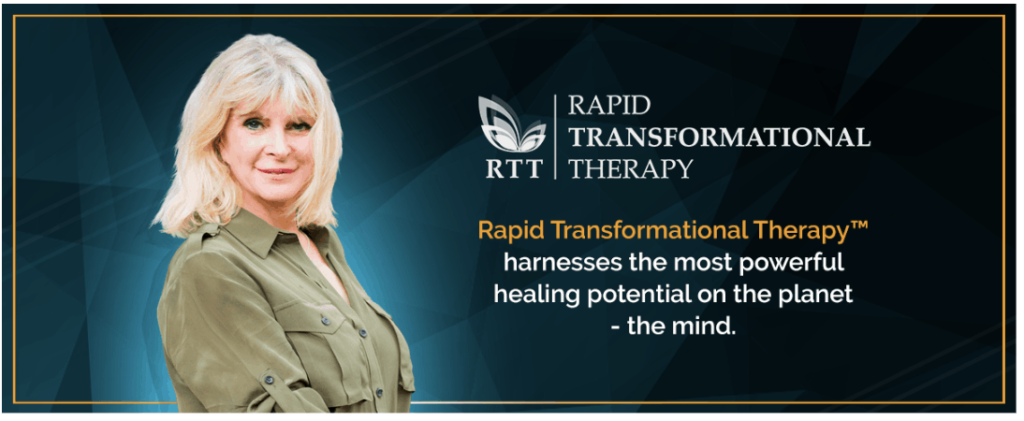
Marisa Peer is a world-renowned speaker, therapist, and best-selling author. With over three decades of experience in freeing clients from mental disorders, including anxiety and depression, she recognizes the importance of a regular fitness regime. In Marisa’s blog post ‘12 Tips on How to Heal Depression’ she says: “I have helped thousands of clients gain freedom from depression and mental health problems with Rapid Transformational Therapy™, which gets to the root cause of emotional, physical or cognitive issues. I believe that when it comes to depression, we need to change our thinking, beliefs and behavior to achieve lasting change.” At number one of her 12 tips is exercise.
“Even though you really may not want to, exercise releases endorphins, which promote wellbeing and benefit our physical and mental health. You don’t have to go to the gym every day, even going for a walk helps, and taking up yoga is particularly helpful. Another effective cure for depression is movement through dance or tai chi. Uplifting music can also have a very powerful effect on our moods. No matter how brief, any kind of movement and exercise will help.”
If you enjoyed reading this article and would like to read more, please register below to receive our free Wellness Weekly digest, full of interesting blogs, special offers and free gifts for our readers at marisapeer.com.

